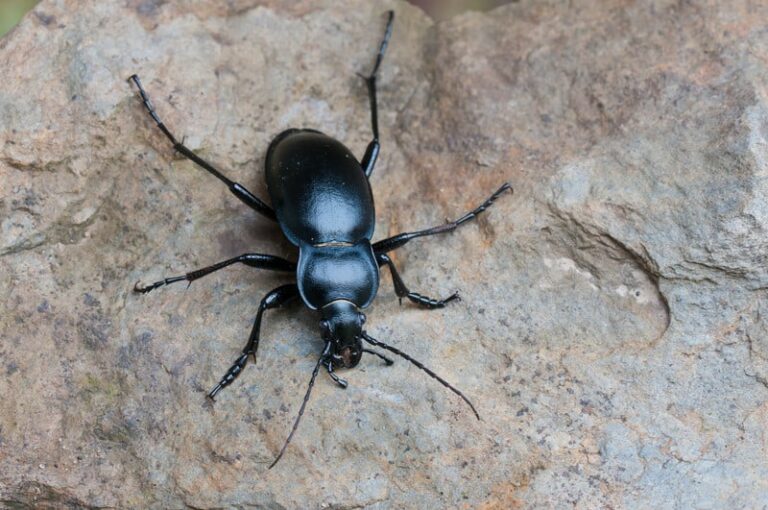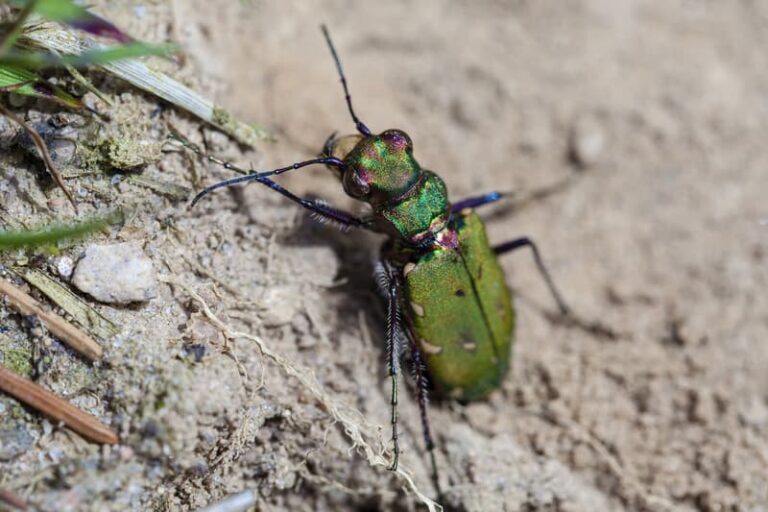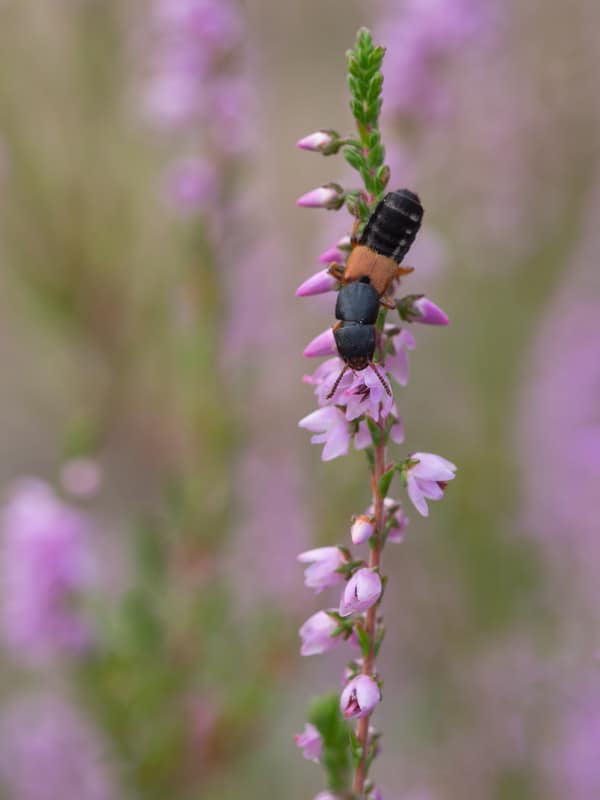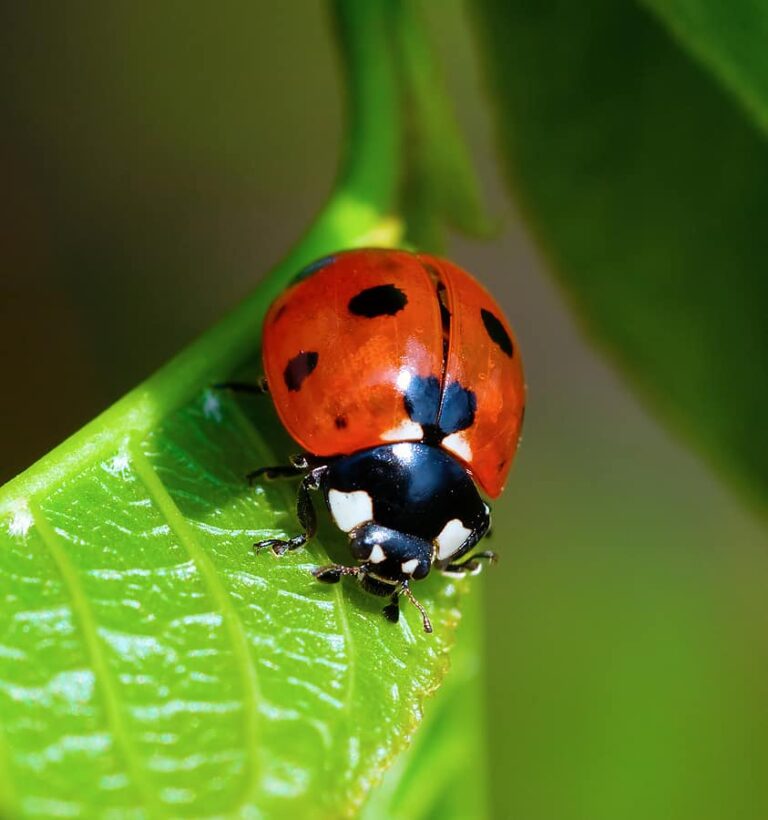Centipedes and Millipedes in the Garden
Centipedes and millipedes are generally beneficial creatures. Centipedes feed on soil-dwelling mites, insects, insect larvae, baby snails, and slugs. (They paralyze small insect prey with venomous claws.) Millipedes feed on decaying plant tissue and fallen fruit. Together centipedes and millipedes help break down organic matter enriching the soil by helping to create humus. Sometimes centipedes…






